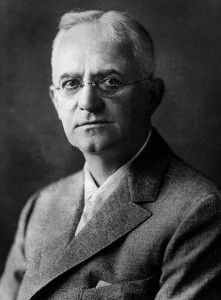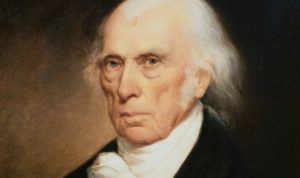 Kodak “will stop making digital cameras, pocket video cameras and digital picture frames,” the AP reports. “The death of Kodak's camera division is the end of an era for photography,” notes Digital Trends.
Kodak “will stop making digital cameras, pocket video cameras and digital picture frames,” the AP reports. “The death of Kodak's camera division is the end of an era for photography,” notes Digital Trends.
But, whatever Kodak’s current struggles, those will never overshadow the productive genius of George Eastman, founder of the company. In his book The Capitalist Manifesto, Andrew Bernstein notes that Eastman “left school at age 14 to work full-time as an insurance firm’s messenger boy,” then followed his passion experimenting with photography, often working late into the night in his mother’s kitchen. In 1900, Eastman released the Brownie, a (relatively) portable, inexpensive camera that revolutionized the industry and earned millions for the entrepreneur.
Though for decades Kodak was practically synonymous with photography, more recently other brands such as Japan’s Nikon, as well as ubiquitous cell-phone cameras, have dominated the consumer market.
Bernstein points out that cultural and legal “recognition of the mind’s role in promoting advance, and of its non-negotiable need of freedom,” enabled 19th-Century America’s breathtaking technological advancements, not only in photography but in communication, construction, transportation, electricity, and medicine.
To the degree they have remained free, today’s top innovators have continued to invent, produce, and earn enormous wealth as their reward. Today, for about a day’s pay, one can buy a camera that fits in one’s pocket, functions so easily even a child can use it, and stores hundreds of high-resolution images on reusable memory cards.
Despite his company’s rocky road, I think Eastman would smile in wonder to see how dramatically the world of photography has advanced following his vision.
If you enjoyed this post, consider subscribing to The Objective Standard and making objective journalism a regular part of your life.
Related:
- Capitalism Unbound: The Incontestable Moral Case for Individual Rights by Andrew Bernstein
- The British Industrial Revolution: A Tribute to Freedom and Human Potential
Image: Wikimedia Commons














